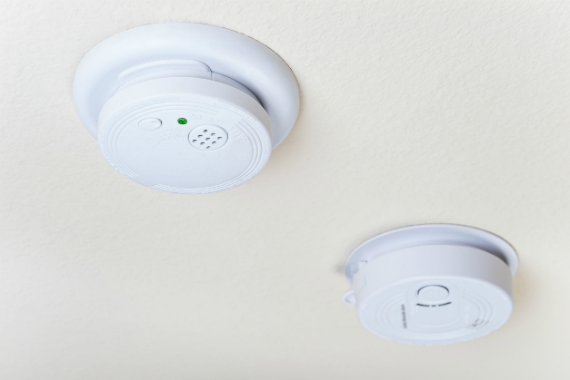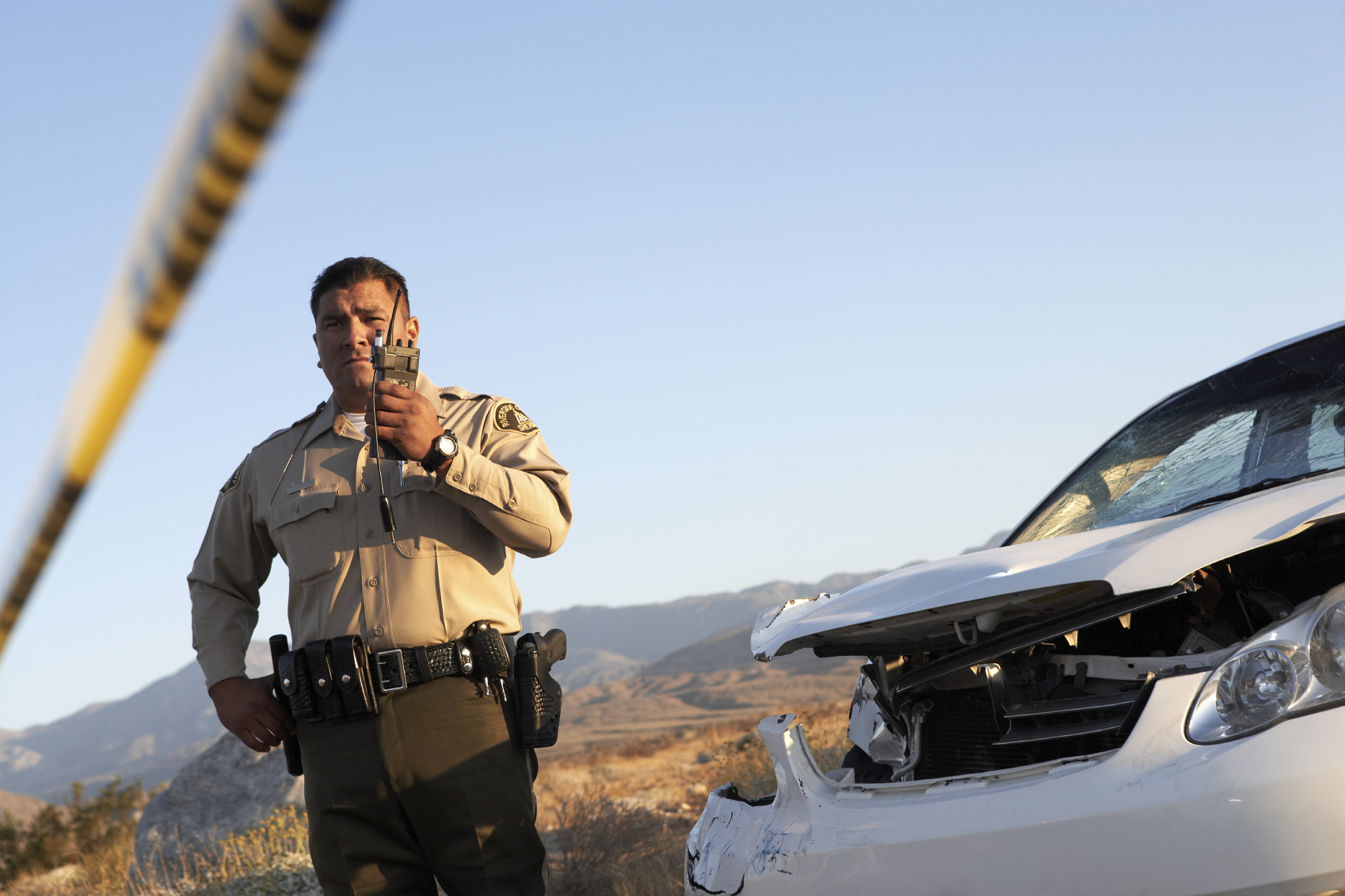
Most people grasp the fact that having smoke detectors on their house. A random search of latest news stories allows you to underscore the necessity of the early detection of carbon monoxide:
- Peachtree Corners, Georgia: “Family Hospitalized for Co Poisoning”
- Henderson County, North Carolina: “Carbon Monoxide Poisoning Kills Two”
- New Columbia, Pennsylvania: “Teenager Dead, Others Injured After Co Poisoning”
- Otis, Indiana: “LaPorte County Man Dies from Deadly Poisoning”
- Brevard, North Carolina: “Boy, 13, Dies of Co Poisoning in Transylvania County”
Carbon monoxide (CO) is undoubtedly an odorless, colorless, tasteless gas that could be toxic to humans and domestic animals. It truly is produced by the burning of any type of fuel like wood, oil, gas, kerosene, or charcoal. The most widespread reasons for deadly poisoning at home are damaged or improperly installed fuel-burning appliances and blocked-up chimneys.
How CO Harms People
When an individual inhales deadly carbon monoxide, the gas attaches on the hemoglobin within the blood, crowding out your oxygen. This effectively starves cellular matrix on the fuel they need to function. In lower doses, CO poisoning can cause confusion, headaches, light-headedness, vomiting, or flu-like symptoms. In higher doses, it seems sensible usually death. In line with the Cdc, 400 people die each and every year in the nation from accidental deadly carbon monoxide poisoning.
The prospects for CO poisoning is particularly loaded with the wake of your emergency or natural disaster. Poisoning can frequently occur when anyone use non-conventional approaches to cook whenever a power outage prevents their stoves and microwaves from functioning. Also, if a winter storm knocks out electricity or gas service to a place, lots of people are usually poisoned once they make an attempt to heat attributes with improvised methods including camping stoves or charcoal grills.
Preventing CO Poisoning
One the way to prevent dangerous poisoning has a co detector. These affordable devices can sense CO in the room or enclosed area and sound advice. While smoke detectors are mandated legally in the building codes of every state in america, the relative newness of CO detectors means they aren’t yet required by many locations.
Even if your city or state considers CO detectors “optional,” most physicians and safety experts emphasize how critical the unit will be in assisting in prevention of the tragedy of in-home lethal poisoning.
Placement of Dangerous?Detectors
The International Association of fireplace Chiefs recommends installing?deadly?detectors on every floor of your home, like the basement. Detectors should really be positioned within 10 feet for each bedroom door and in addition near any attached garage.
Homeowners and builders should avoid placing a CO detector within fifteen feet of heating or cooking appliances. On top of that, they will stop located near fuel-burning appliances given that the safe degrees of CO these appliances produce could cause “false positives.” Since each CO detector is different, experts recommend that runners setting them up follow the directions included via the manufacturer to own highest higher level of safety.
Note that CO detectors are not the same as smoke detectors, though some dual smoke/carbon monoxide detectors are on this marketplace.








